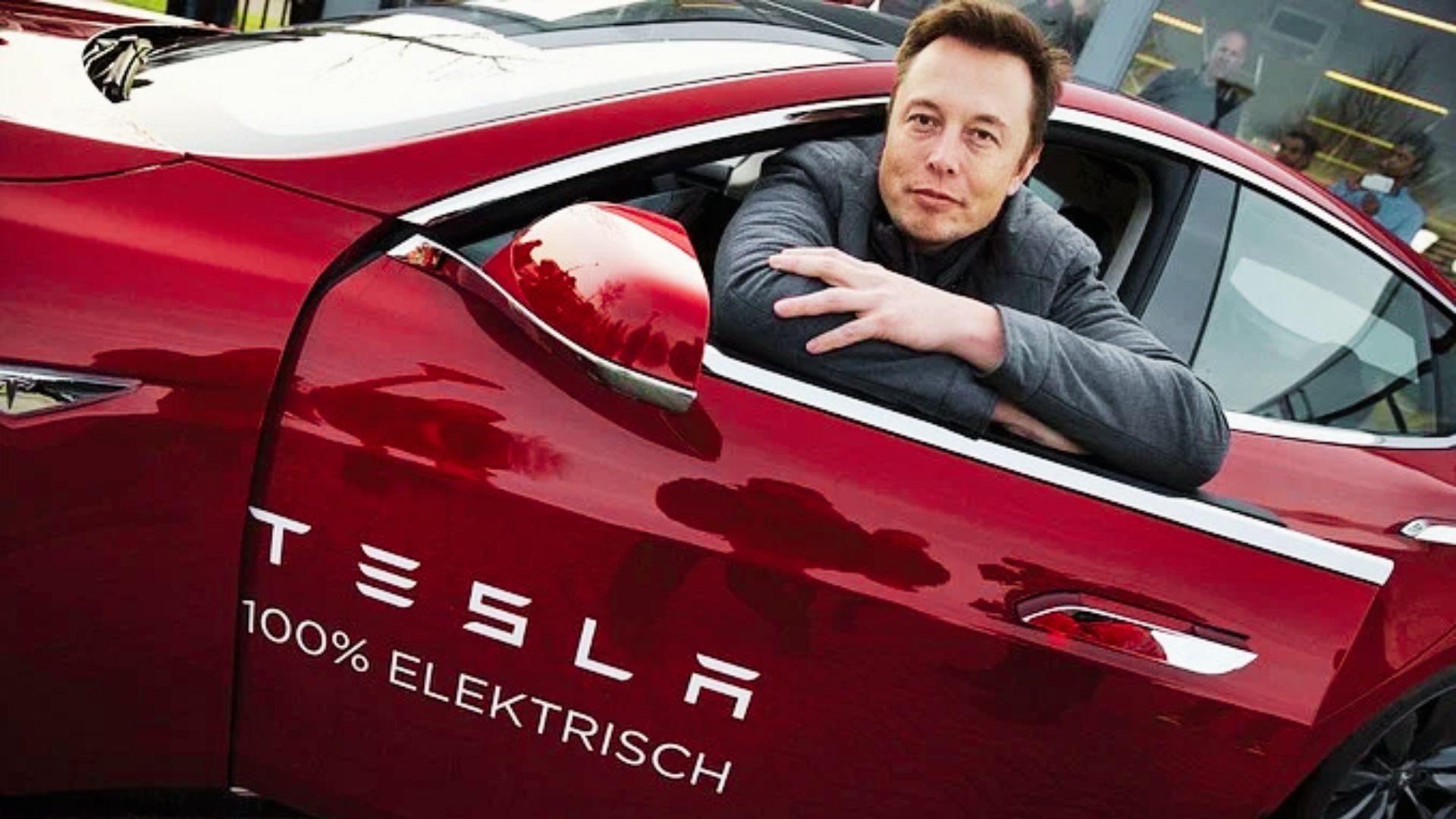Discover how Tesla’s blend of high-capacity batteries, efficient motors, and innovative software creates vehicles that are as smart as they are powerful.
Tesla’s ascent in the automotive industry is a tale of relentless innovation, where silicon and software converge to redefine transportation. This journey from raw materials to sophisticated electric vehicles (EVs) showcases a synergy between advanced engineering and visionary software development. Here, we delve into the intricate world of Tesla’s engineering prowess, exploring the components that make up the backbone of its cutting-edge vehicles.
1. The Foundation of Innovation: Tesla’s Hardware Development
Battery Breakthroughs: The Core of Tesla’s Tech
Tesla’s technological dominance starts with its battery breakthroughs. The company’s proprietary battery cell technology has consistently pushed the boundaries of energy density and efficiency. With a production capacity aiming for terawatt-hours, Tesla’s Gigafactories are pivotal in scaling up output while driving down costs. The anticipated impact of future innovations, such as solid-state batteries, could further revolutionize energy storage and EV range.
Electric Motors: The Heartbeat of a Tesla
At the heart of every Tesla lies its electric motor, a masterpiece of efficiency and performance. Unlike traditional combustion engines, Tesla’s motors are a testament to the potential of electrical engineering in automotive design. The evolution from single to dual-motor setups and the introduction of Plaid’s tri-motor configuration exemplify Tesla’s commitment to continuous improvement in motor technology.
Material Mastery: Building the Future
Tesla’s engineering is not just about what’s under the hood but also what’s on the outside. The company’s use of advanced materials, such as ultra-high-strength steel and lightweight aluminum, plays a crucial role in enhancing safety and driving dynamics. Tesla’s innovations in material science are not only about achieving high performance but also about sustainability and cost-effectiveness.
2. Software and Systems: The Brain of Tesla’s Operations
Autopilot and Full Self-Driving: Navigating the Road Ahead
Tesla’s software suite, including Autopilot and Full Self-Driving (FSD), represents the forefront of automotive AI. The company’s approach to machine learning, powered by real-world data, enables continuous improvements in autonomous driving capabilities. However, the journey toward full autonomy is paved with both technical and ethical challenges, which Tesla navigates with careful consideration.
Over-the-Air Updates: Keeping Tesla at the Cutting Edge
One of Tesla’s most revolutionary features is its ability to evolve through over-the-air (OTA) updates. This capability ensures that every Tesla vehicle can be enhanced with the latest software, improving performance, safety, and user experience long after the car has left the showroom. The future of OTA updates holds the promise of transforming the driving experience with new, unforeseen features.
User Interface and Experience: The Human Touch
Tesla’s user interface is a blend of simplicity and sophistication, designed to provide an intuitive and seamless experience for the driver. The company’s focus on customization and user feedback has led to a continuously evolving interface that caters to the unique preferences of Tesla owners, further personalizing the driving experience.
3. The Road Forward: Tesla’s Continuous Engineering Evolution
Integrating Renewable Energy: A Holistic Approach to Engineering
Tesla’s engineering vision extends beyond vehicles to encompass a sustainable energy ecosystem. The integration of Tesla’s solar products with its EVs is a testament to the company’s holistic approach to renewable energy solutions. Engineering challenges in this domain are met with innovative solutions that pave the way for a greener future.
Scaling Production: Engineering for a Mass Market
As Tesla aims to bring EVs to a broader audience, engineering decisions become crucial in scaling production. The company’s ability to maintain innovation while increasing production volume is a delicate balance that requires strategic planning and execution. Tesla’s future growth hinges on its ability to navigate these challenges effectively.
The Next Frontier: Tesla’s Future Engineering Endeavors
Looking ahead, Tesla’s engineering team is poised to tackle new projects that will further disrupt the automotive and energy sectors. The company’s strategy often involves partnerships and acquisitions that complement its engineering goals, setting the stage for the next wave of breakthroughs in vehicle technology.
Conclusion
Tesla’s journey from silicon to software is a testament to the power of integrated engineering. By harmonizing hardware development with advanced software systems, Tesla has not only carved a niche in the automotive world but has also set a new standard for what vehicles can achieve. As the company continues to innovate, its engineering prowess will remain the driving force behind its mission to accelerate the world’s transition to sustainable energy.



